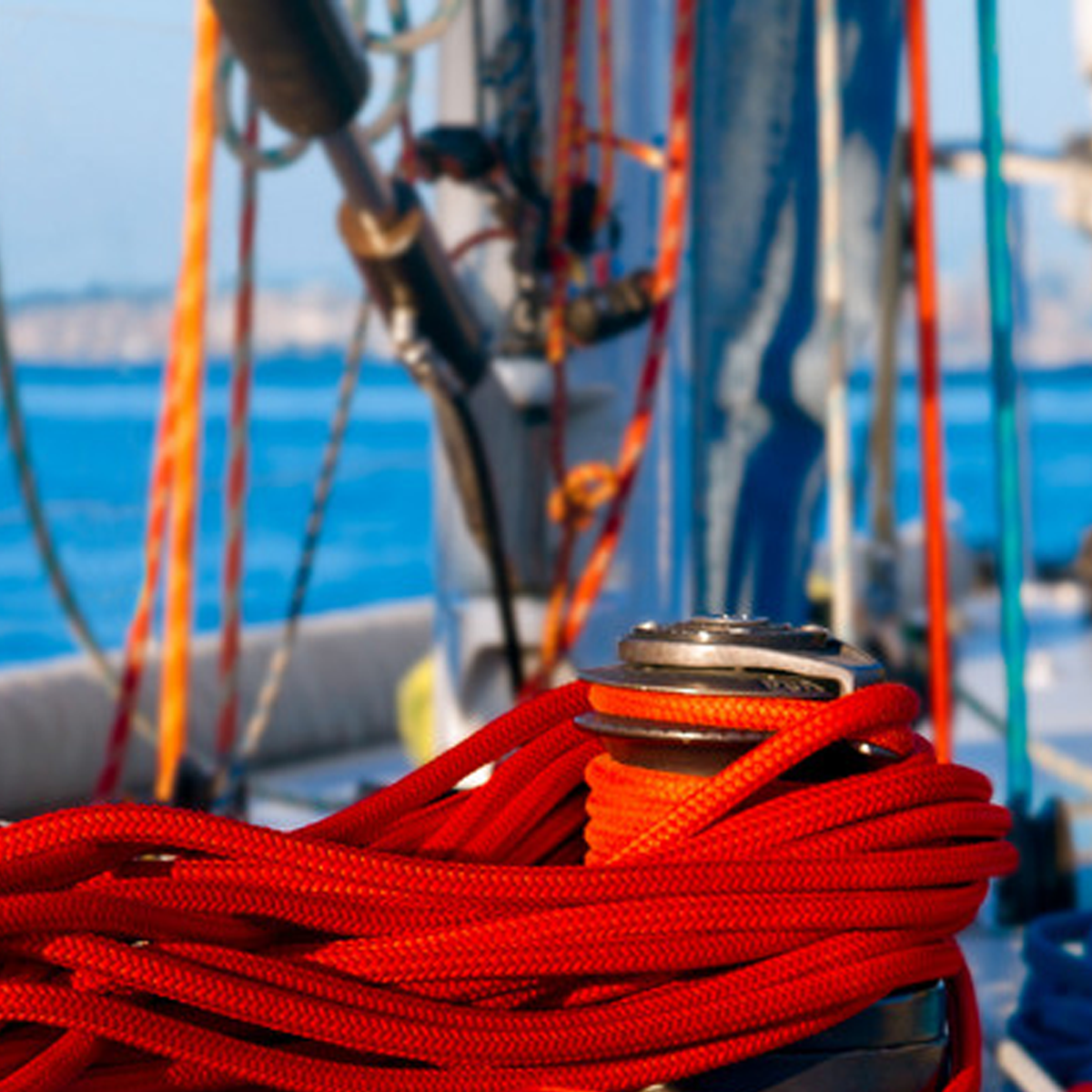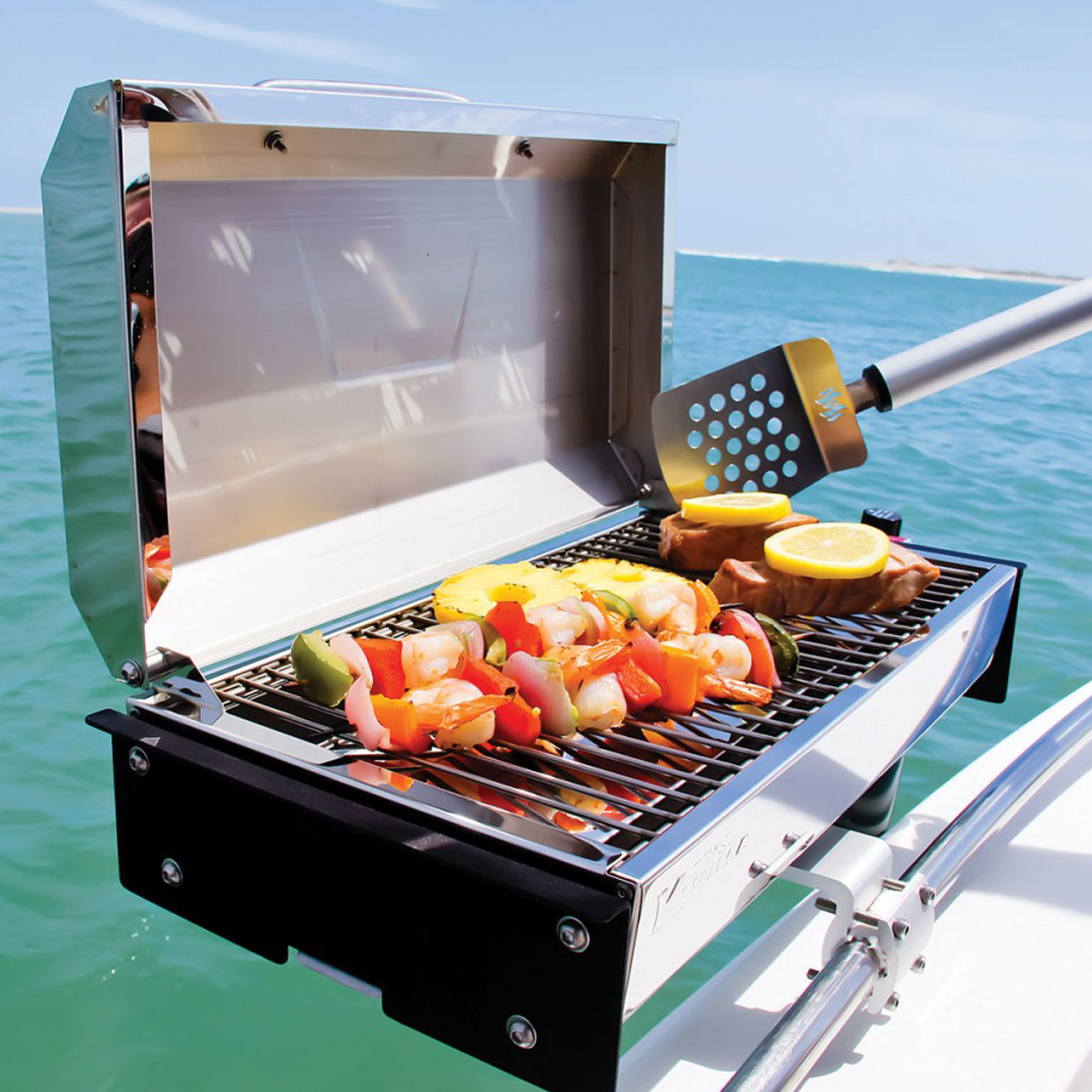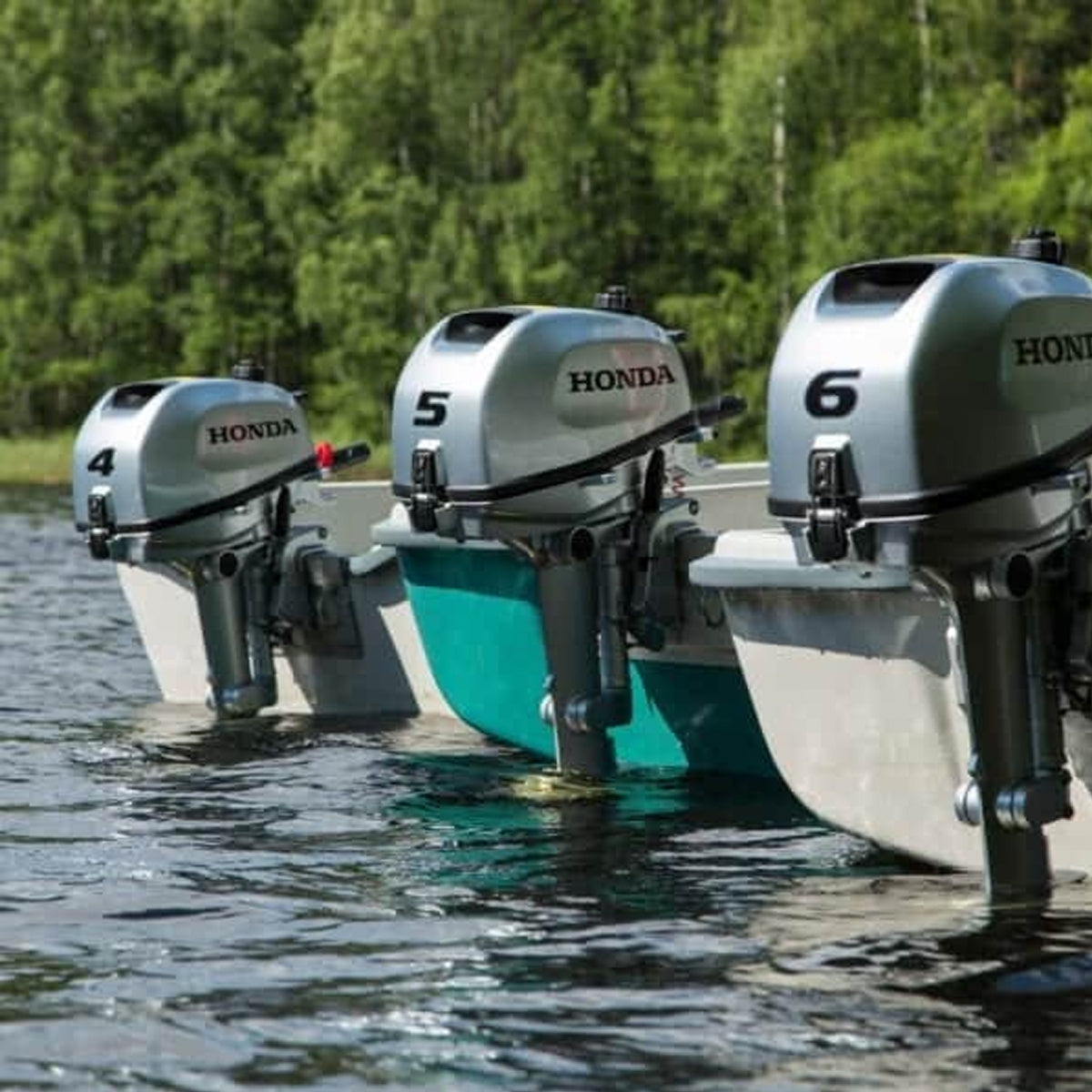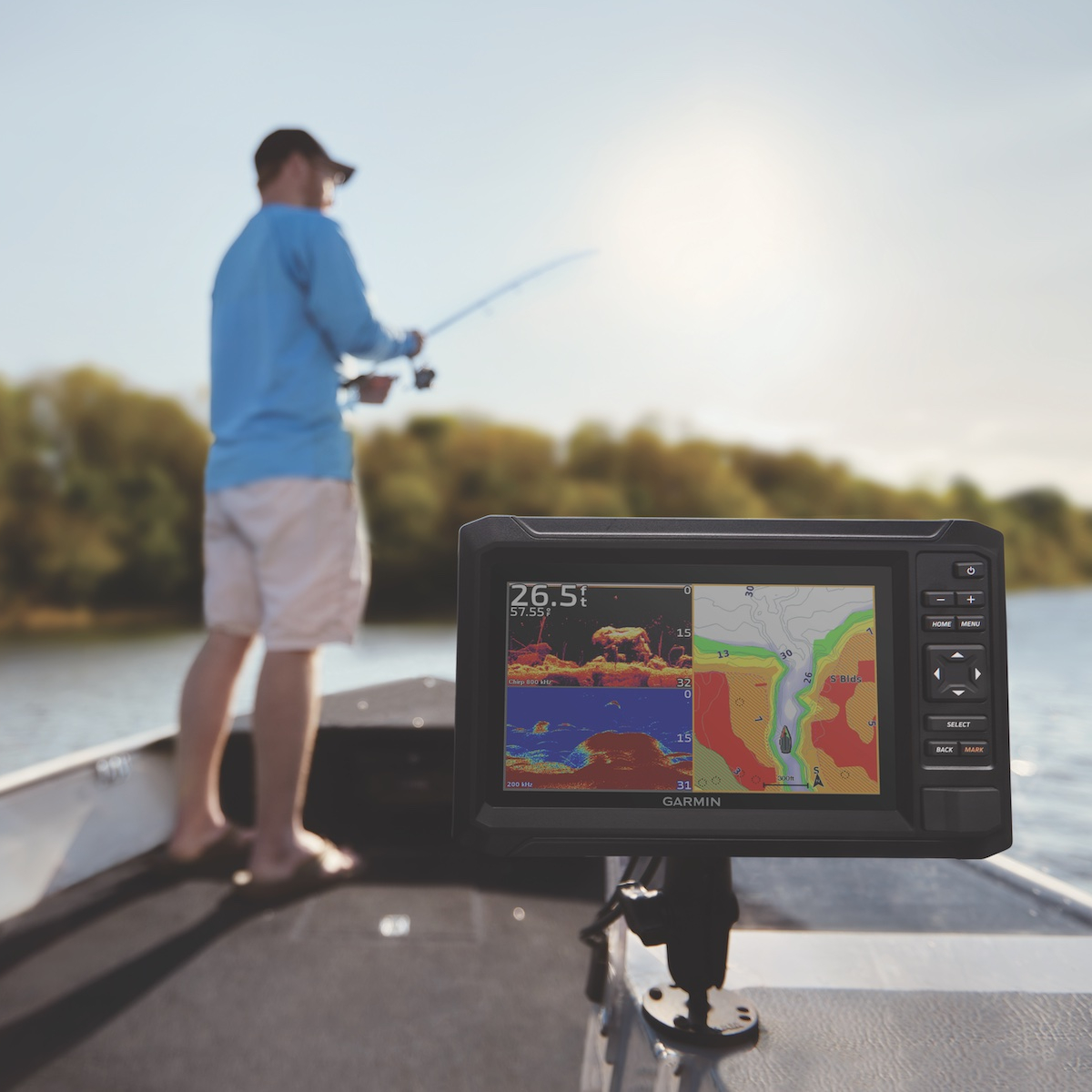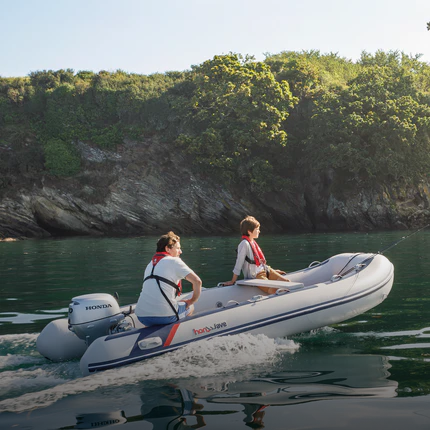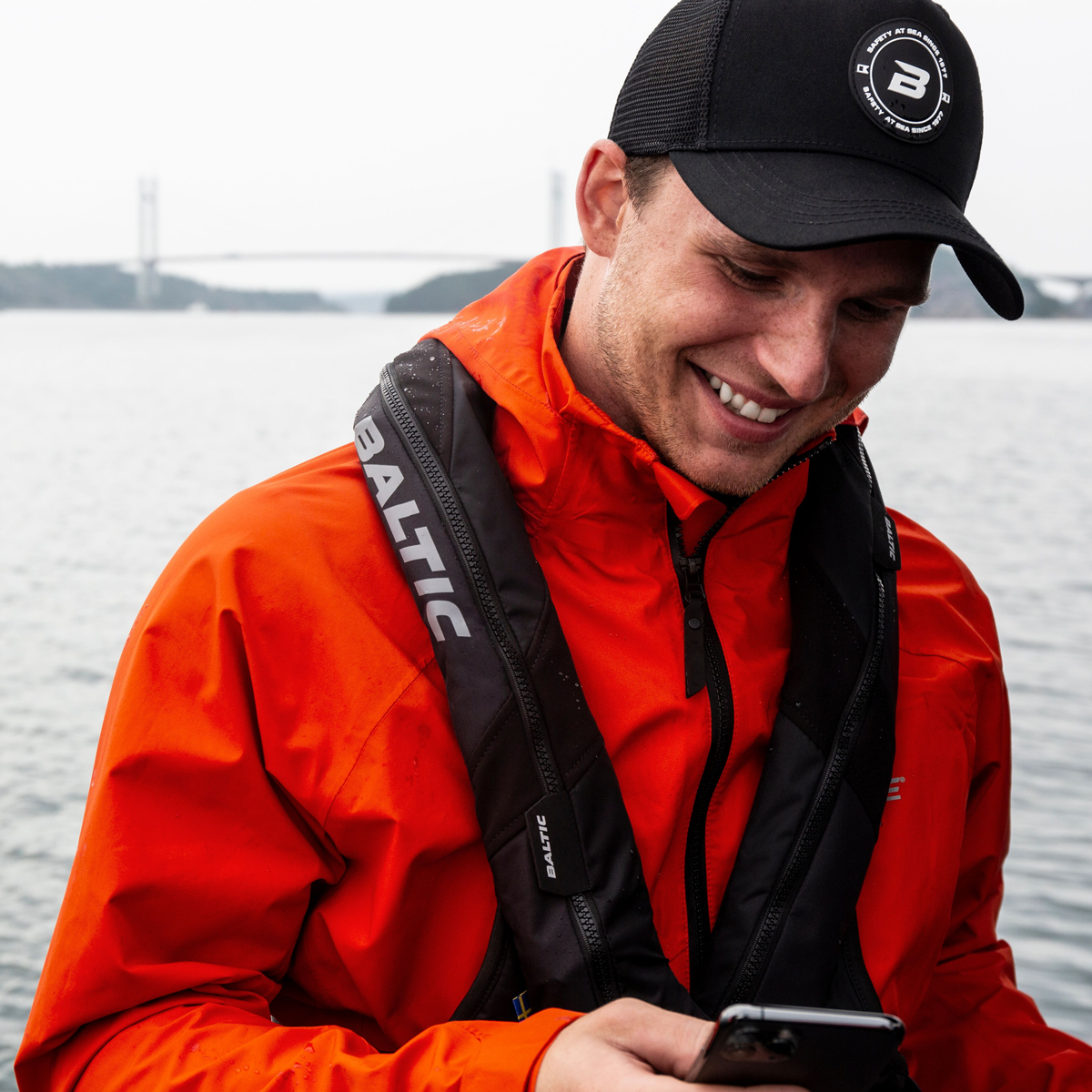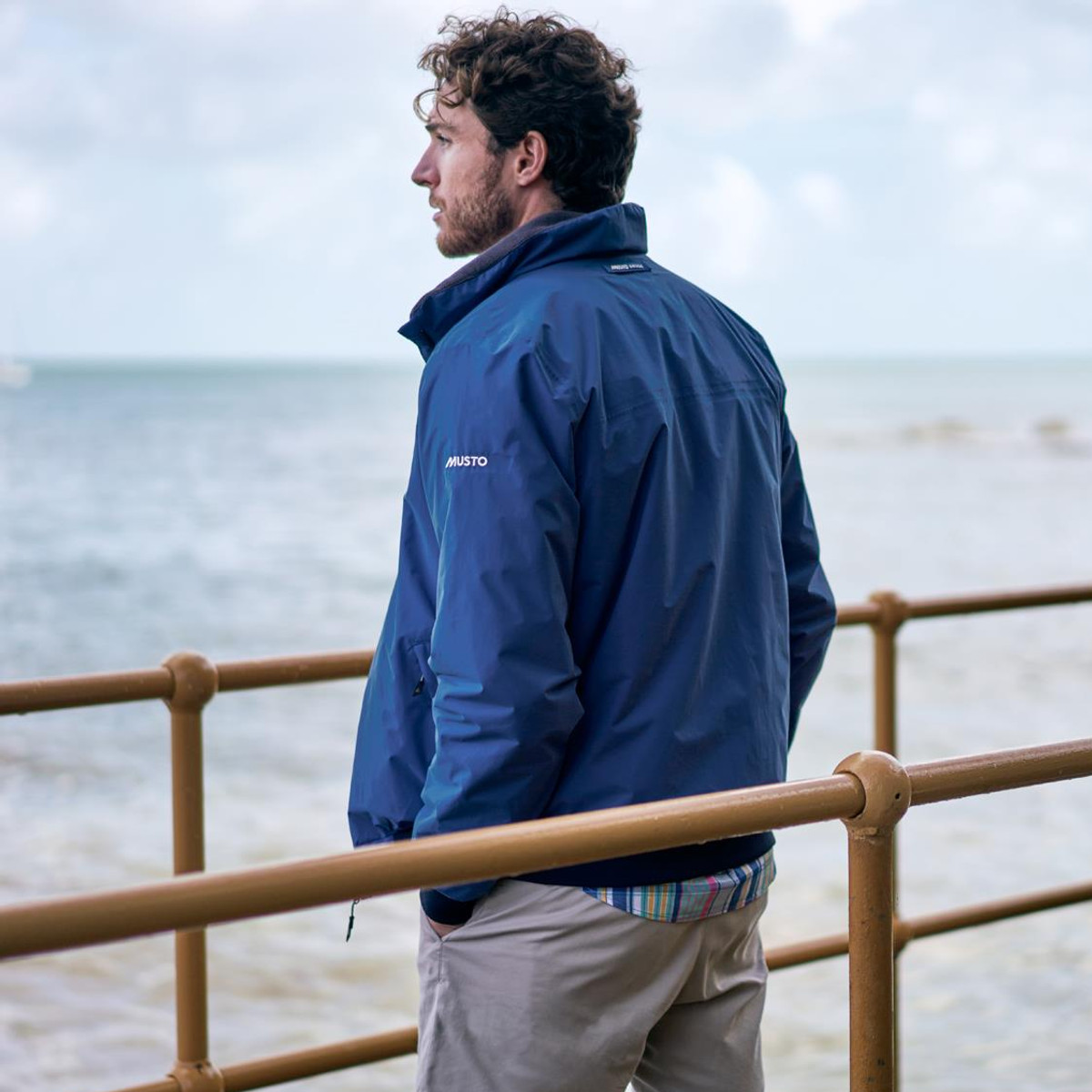
Sea Anchor Blue
We despatch all orders within 24 hours. Orders placed weekdays before 4pm will be shipped the same day.
Call us and speak to an expert on 0191 4297309 - (Mon - Fri / 9am - 5pm).
Pickup currently unavailable at Marine Chandlery: North Shields

Sea Anchor Blue
Marine Chandlery: North Shields
Unit G4 Narvik Way
Tyne Tunnel Trading Estate
North Shields NE29 7XJ
United Kingdom

Product Description
Sea Anchor (Drogue)
A sea anchor, also known as a drogue, is a vital piece of maritime safety equipment used to stabilise boats and vessels in rough seas. Unlike traditional anchors designed to grip the seabed, sea anchors are deployed in the water to create drag, slowing down the vessel's drift and helping maintain a favourable heading in adverse conditions. Below is an in-depth description of sea anchors, their features, construction, and usage.
Features and Construction
-
Design and Mechanism:
- Parachute Shape: Sea anchors are typically parachute-shaped devices made from strong, durable fabric. When deployed, they open up to create significant drag against the water.
- Drag Generation: The primary function of a sea anchor is to generate drag, which helps reduce the drift speed of a vessel. This drag stabilises the vessel and keeps its bow facing into the wind and waves, thereby reducing the risk of broaching or capsizing.
- Swivel and Trip Line: Many sea anchors come equipped with a swivel to prevent the anchor line from twisting. A trip line is often attached to assist in retrieval by collapsing the parachute when pulled.
-
Materials:
- Nylon Fabric: Sea anchors are commonly made from high-strength nylon fabric. This material is chosen for its durability, resistance to abrasion, and ability to withstand harsh marine environments.
- Reinforced Seams: The seams of sea anchors are typically reinforced with heavy-duty stitching and additional fabric layers to ensure they can handle the immense forces exerted by rough seas.
- Heavy-Duty Webbing: Webbing straps are used to attach the sea anchor to the anchor line. These straps are designed to distribute the load evenly and prevent tearing.
-
Size and Capacity:
- Sea anchors come in various sizes, suited to different types of vessels. The size required depends on the boat's length, displacement, and the expected sea conditions.
- Sizes can range from small anchors for kayaks and dinghies to large versions for yachts and commercial vessels.
Usage and Deployment
-
Deployment:
- Preparation: Before deployment, the sea anchor should be securely attached to a strong anchor line, typically made from nylon for its elasticity and shock-absorbing properties. A bridle may be used to distribute the load more evenly across the vessel.
- Releasing: The sea anchor is thrown overboard from the bow or stern, depending on the desired effect. When thrown, the parachute quickly fills with water and opens up, creating drag.
- Adjusting: The length of the anchor line (scope) can be adjusted to control the amount of drag and the vessel's behaviour in the water.
-
Function During Storms:
- Stabilisation: In stormy conditions, a sea anchor keeps the vessel's bow into the waves, reducing the risk of broaching (being turned broadside to the waves) and capsizing.
- Speed Reduction: By creating drag, the sea anchor significantly slows down the vessel's drift, which is particularly useful when navigating treacherous waters or avoiding hazards.
-
Retrieval:
- Using the Trip Line: To retrieve the sea anchor, the trip line is pulled first. This action collapses the parachute, making it easier to haul in.
- Manual Retrieval: Without a trip line, retrieval involves pulling the anchor line hand-over-hand, which can be strenuous, especially in rough conditions.
Advantages
- Improved Safety: Sea anchors enhance safety in severe weather by stabilising the vessel and reducing the risk of capsizing.
- Ease of Use: Simple to deploy and retrieve, sea anchors are user-friendly and effective for various boat types.
- Versatility: Useful in a range of situations, including storm conditions, fishing, and holding position in open water.
Limitations
- Limited Movement: While providing stability, a sea anchor also limits the vessel's ability to manoeuvre. This can be a disadvantage if precise navigation is required.
- Handling and Storage: Larger sea anchors can be cumbersome to handle and require adequate storage space when not in use.
- Material Wear: Continuous exposure to harsh marine environments can cause wear and tear on the fabric and webbing, necessitating regular inspection and maintenance.
Conclusion
Sea anchors are essential safety devices for maritime navigation, offering stability and control in rough seas. Their parachute-like design and robust construction make them effective for reducing drift and maintaining a vessel's heading into the wind and waves. Regular maintenance and proper deployment techniques are crucial to ensure their reliability and longevity. While they may limit manoeuvrability, the enhanced safety they provide makes them invaluable for sailors and mariners facing challenging conditions at sea.
Delivery
Sea Anchor (Drogue)
A sea anchor, also known as a drogue, is a vital piece of maritime safety equipment used to stabilise boats and vessels in rough seas. Unlike traditional anchors designed to grip the seabed, sea anchors are deployed in the water to create drag, slowing down the vessel's drift and helping maintain a favourable heading in adverse conditions. Below is an in-depth description of sea anchors, their features, construction, and usage.
Features and Construction
-
Design and Mechanism:
- Parachute Shape: Sea anchors are typically parachute-shaped devices made from strong, durable fabric. When deployed, they open up to create significant drag against the water.
- Drag Generation: The primary function of a sea anchor is to generate drag, which helps reduce the drift speed of a vessel. This drag stabilises the vessel and keeps its bow facing into the wind and waves, thereby reducing the risk of broaching or capsizing.
- Swivel and Trip Line: Many sea anchors come equipped with a swivel to prevent the anchor line from twisting. A trip line is often attached to assist in retrieval by collapsing the parachute when pulled.
-
Materials:
- Nylon Fabric: Sea anchors are commonly made from high-strength nylon fabric. This material is chosen for its durability, resistance to abrasion, and ability to withstand harsh marine environments.
- Reinforced Seams: The seams of sea anchors are typically reinforced with heavy-duty stitching and additional fabric layers to ensure they can handle the immense forces exerted by rough seas.
- Heavy-Duty Webbing: Webbing straps are used to attach the sea anchor to the anchor line. These straps are designed to distribute the load evenly and prevent tearing.
-
Size and Capacity:
- Sea anchors come in various sizes, suited to different types of vessels. The size required depends on the boat's length, displacement, and the expected sea conditions.
- Sizes can range from small anchors for kayaks and dinghies to large versions for yachts and commercial vessels.
Usage and Deployment
-
Deployment:
- Preparation: Before deployment, the sea anchor should be securely attached to a strong anchor line, typically made from nylon for its elasticity and shock-absorbing properties. A bridle may be used to distribute the load more evenly across the vessel.
- Releasing: The sea anchor is thrown overboard from the bow or stern, depending on the desired effect. When thrown, the parachute quickly fills with water and opens up, creating drag.
- Adjusting: The length of the anchor line (scope) can be adjusted to control the amount of drag and the vessel's behaviour in the water.
-
Function During Storms:
- Stabilisation: In stormy conditions, a sea anchor keeps the vessel's bow into the waves, reducing the risk of broaching (being turned broadside to the waves) and capsizing.
- Speed Reduction: By creating drag, the sea anchor significantly slows down the vessel's drift, which is particularly useful when navigating treacherous waters or avoiding hazards.
-
Retrieval:
- Using the Trip Line: To retrieve the sea anchor, the trip line is pulled first. This action collapses the parachute, making it easier to haul in.
- Manual Retrieval: Without a trip line, retrieval involves pulling the anchor line hand-over-hand, which can be strenuous, especially in rough conditions.
Advantages
- Improved Safety: Sea anchors enhance safety in severe weather by stabilising the vessel and reducing the risk of capsizing.
- Ease of Use: Simple to deploy and retrieve, sea anchors are user-friendly and effective for various boat types.
- Versatility: Useful in a range of situations, including storm conditions, fishing, and holding position in open water.
Limitations
- Limited Movement: While providing stability, a sea anchor also limits the vessel's ability to manoeuvre. This can be a disadvantage if precise navigation is required.
- Handling and Storage: Larger sea anchors can be cumbersome to handle and require adequate storage space when not in use.
- Material Wear: Continuous exposure to harsh marine environments can cause wear and tear on the fabric and webbing, necessitating regular inspection and maintenance.
Conclusion
Sea anchors are essential safety devices for maritime navigation, offering stability and control in rough seas. Their parachute-like design and robust construction make them effective for reducing drift and maintaining a vessel's heading into the wind and waves. Regular maintenance and proper deployment techniques are crucial to ensure their reliability and longevity. While they may limit manoeuvrability, the enhanced safety they provide makes them invaluable for sailors and mariners facing challenging conditions at sea.


